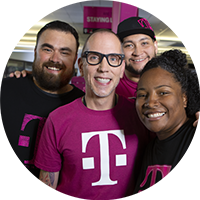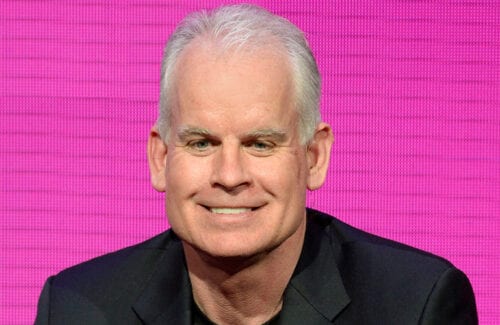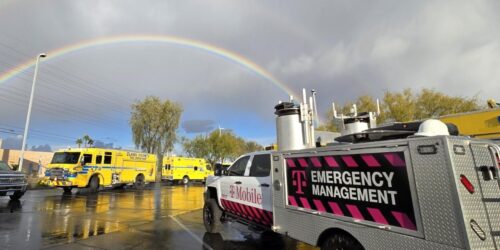Back in 2015, something remarkable and huge happened that marked a change in the way we communicate. Monthly active users of top messaging apps (like WhatsApp, Facebook Messenger, WeChat, etc.) passed the top social networks (Facebook, Instagram, Twitter, etc.) for the first time (Source: The Messaging App Report, Business Insider) – and messaging has continued to grow faster than other categories. Now messaging is the #1 way we communicate – whether it’s the traditional text message, iMessage or myriad messaging apps. (source: Statista, August 2017)
We’ve seen this massive shift in communications preferences firsthand at T-Mobile. On Super Bowl Sunday, nationwide group and picture messaging went up by nearly 50% over a typical Sunday. So, of course, because we listen to customers, we’ve led on delivering the best messaging experience. We know customers want more than tired, traditional text messaging that doesn’t support read receipts, group messaging features, larger file transfers, high res photos or messages longer than 160 characters. That’s where RCS comes in – short for Rich Communications Services, RCS brought text messages into the 21st Century with support for all the modern features customers expect, and more.
RCS is built into the network and can be built natively into the phone, which provides enhanced messaging services such as group chat, video, gifs, file and location sharing, and more, without needing to download an over-the-top app. Globally, there are nearly 160 million active monthly RCS users, according to GSMA Intelligence, and that number is expected to grow to 350 million by the fourth quarter of this year.
RCS is a huge opportunity for businesses to connect with their customers too, and customers expect more than plain text messages from the brands they interact with. RCS Business Messaging will take this further by allowing subscribers to engage directly with multiple brands from one messaging platform to make restaurant reservations, book train tickets or make purchases without having to juggle numerous apps.
T-Mobile was first to launch RCS in the US (of course) in July 2015, and now every Android device we sell comes with it. More than 30 million T-Mobile customers send over 250 million RCS messages EVERY DAY across our network. But we didn’t stop there -we’ve continued to innovate and enhance the experience for customers. Today I’m announcing network support for the GSMA Universal Profile, an industry standard that will bring new features like larger file transfers – up to 100MB! T-Mobile customers will start to receive software updates in the second quarter.
Late last month at Mobile World Congress, we were part of an announcement about leading RCS providers who are working to accelerate interconnection between operators, as well as Google, and we’re excited to say that once the work is complete on their side, all our customers with RCS-enabled devices will be able to send RCS-enabled messages seamlessly across networks. We’re standing ready for them, with tens of millions of customers to connect.
Messaging for Customer Care
We’ve taken the messaging approach to heart when interacting with our customers as well – we know it’s not just how they talk to each other, it’s how they want to talk to us. That’s why we were the first US wireless company to introduce asynchronous messaging for customer care. This isn’t some “rep chat” window you get on the web. Our T-Mobile app has a persistent chat experience with Care reps, so you can get help anywhere you want – on the platforms you already use today. And, we were the first wireless company in North America to launch commerce over Facebook Messaging, so customers can interact with reps and buy directly from the Facebook platform.
And, we’re not even close to done. We’ll continue to work hard to foster conversations with customers anywhere they choose to chat.





